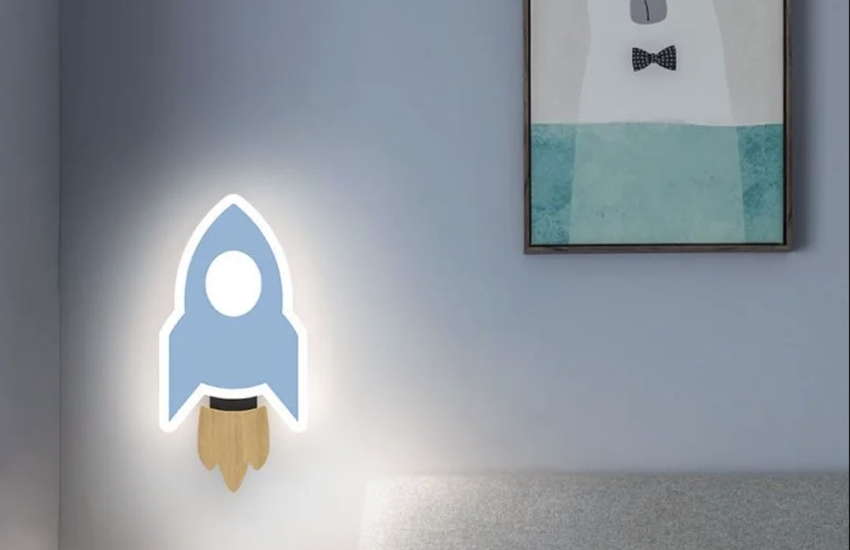
Introduction
In today’s world, the interior of a building has become an increasingly important aspect of the overall design. From lighting to flooring, every detail counts when it comes to creating the perfect ambiance. One of the often-overlooked elements of interior design is the ceiling. However, a well-crafted ceiling can add a touch of elegance and sophistication to any space. White gypsum ceilings have become popular in recent years as they provide a sleek and modern look while being energy efficient and easy to maintain.
What is gypsum?
Gypsum is a soft, white or gray mineral that is commonly used in the construction industry. It is composed primarily of calcium sulfate and is often found in sedimentary rocks. Gypsum has the unique property of being able to be molded into different shapes when it is wet and then hardens into a solid material.
Advantages of white gypsum ceilings
White gypsum ceilings are gaining popularity due to a number of advantages they offer over traditional ceiling materials such as wood or metal. Some of the main advantages of white gypsum ceilings are:
1. Energy efficiency
White gypsum ceilings have excellent insulation properties, which help to reduce energy consumption by keeping the interior space cooler in summers and warmer during winters. This can help to lower energy costs in the long run, making it a cost-effective option.
2. Moisture resistance
Gypsum is a naturally moisture-resistant material, which makes it an ideal option for ceilings. It does not absorb moisture easily, preventing mold growth or other types of water-related damage.
3. Aesthetically pleasing
White gypsum ceilings have a smooth and elegant surface that adds a modern touch to any space. The smooth surface also enhances the lighting in the room and gives it a softer, more welcoming feel.
Types of white gypsum ceilings
There are various types of white gypsum ceilings available, each with its own unique properties and styles. Some of these include:
1. Suspended gypsum ceilings
Suspended gypsum ceilings are made up of a series of interlocking tiles. They are suspended from the main ceiling using a metal framework, giving them a sleek and modern look.
2. Gypsum board ceilings
Gypsum board ceilings are made from large, flat sheets of gypsum. They can be cut to any size or shape and are easy to install, making them a popular choice for homeowners and designers alike.
3. Custom gypsum ceilings
Custom gypsum ceilings are made to order and can be designed to fit any shape or size of the room. They offer a unique touch and can be customized to blend in with the overall decor of the space.
How to install white gypsum ceilings
Installing white gypsum ceilings is relatively easy and can be done by a professional or a DIY enthusiast. Here are the basic steps involved:
1. Measuring
Measure the length and width of the ceiling area to determine the number of tiles or gypsum boards required.
2. Prep work
Ensure that the ceiling is clean and free of any debris. If necessary, remove any existing ceiling materials.
3. Installing the metal framework
Install a metal framework along the perimeter of the ceiling. The framework will support the tiles or gypsum boards.
4.Tiling
Begin tiling by starting at a corner of the room. Place each tile carefully, interlocking them with the previous ones.
5. Finishing touches
Once all the tiles are laid, finish the installation by sealing the joints with a special putty.
Maintenance
White gypsum ceilings are relatively easy to maintain. Regular dusting and cleaning with a damp cloth can keep them looking as good as new. If any tiles become damaged, they can be easily replaced without having to replace the entire ceiling.

